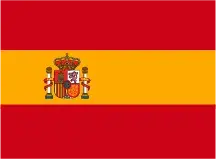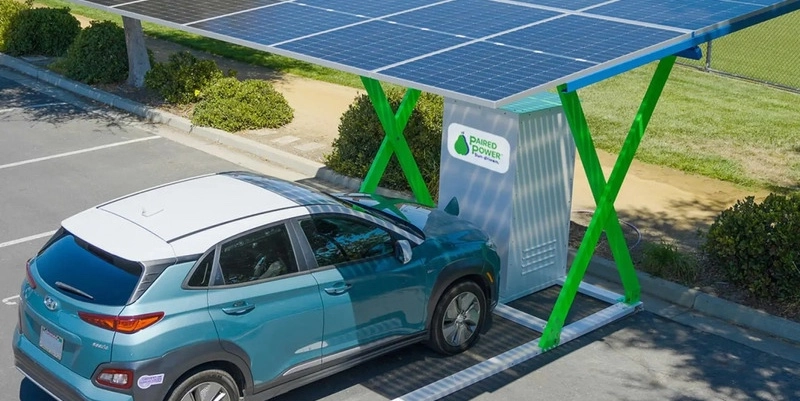The adoption of the Integrated National Energy and Climate Plan (PNIEC) 2021-2030 has spurred Spain to implement several instruments to meet its growing climate ambitions.
In this context, last Friday, 12th July, marked the end of the period for submitting comments on the draft Strategic Environmental Study of the PNIEC 2023-2030.
One of the key highlights of this update in the realm of electric mobility is the inclusion of the e-Credits mechanism, which could be pivotal in driving charging infrastructure in the country.
This tool enables Charging Point Operators (CPOs) to generate additional revenue by selling renewable energy certificates, without the need for public financing.
This system is particularly relevant in low-demand areas where the economic viability of charging stations is harder to ensure.
The Business Association for the Development and Promotion of Electric Mobility (AEDIVE) has described e-Credits as a “unique opportunity” to incorporate renewable electricity into the transport sector.
Implementation of this system is expected later this year.
The updated PNIEC sets ambitious goals for 2030, including a 32% reduction in greenhouse gas emissions compared to 1990 levels, 48% renewable energy in final energy use, and a 44% improvement in energy efficiency.
In electricity generation, renewable energies are expected to reach 81%, and energy dependency is projected to decrease to 51%.
In the mobility sector, a target of 5.5 million electric vehicles by 2030 is anticipated.
This implies significant growth from current registrations exceeding 140,000 units and underscores the need to adjust incentive plans to eliminate barriers and accelerate the deployment of charging infrastructure.
To boost eMobility adoption, the Government recently announced an extension of the Moves III Plan until 31st December 2024, with an additional 200 million euros allocated from the state budget.
Moreover, extensions were made to funds for other subsidizable initiatives, including Moves Corridors with an additional 150 million euros for deploying charging points along the TEN-T corridors, and Moves Fleets with an extra 50 million euros, supporting the renewal of heavy-duty 100% electric vehicles with an additional 50 million euros.

Diego Gago, Director of Policy Strategy at beBartlet, when asked by Mobility Portal Spain about expectations for the PNIEC, stated:
“Specify the amount of CO2 emissions that could be captured annually until 2030, including the source, and provide detailed data on the transport methods of captured CO2.”
He added: “Detail the CO2 storage capacity and global injection volumes available until 2030.”
The PNIEC includes energy efficiency measures
Gago indicates that there is an expectation to quantify the reduction in energy consumption in public bodies and to transform existing buildings into zero-emission establishments by 2050, with interim milestones for 2030 and 2040.
“Demand flexibility services” are also aimed to be improved, with specific goals for demand response that seek to increase the flexibility of the energy system.
But that’s not all.
Furthermore, Gago emphasizes the need for Spain to detail more precisely its plans to promote the reduction of gas demand, including the development of specific policies and measures to achieve this goal by 2030.
In this way, the update of the PNIEC 2023-2030 presents a series of ambitious measures and objectives aimed at transforming the energy and mobility landscape nationwide.
The public consultation offers an opportunity for sector stakeholders to contribute their opinions and ensure that policies reflect the real needs and challenges on the path towards a sustainable environment.








